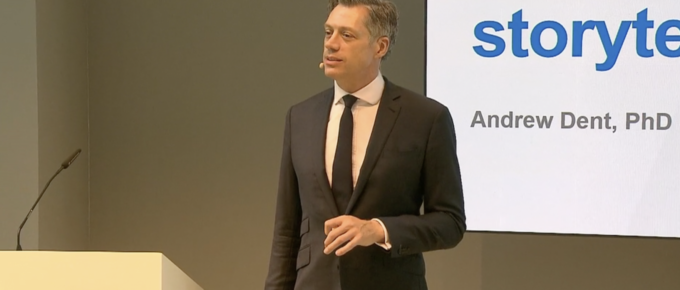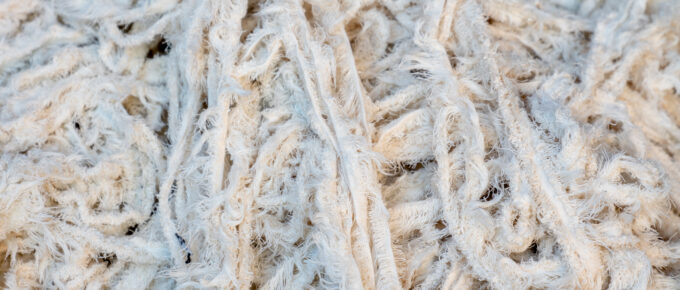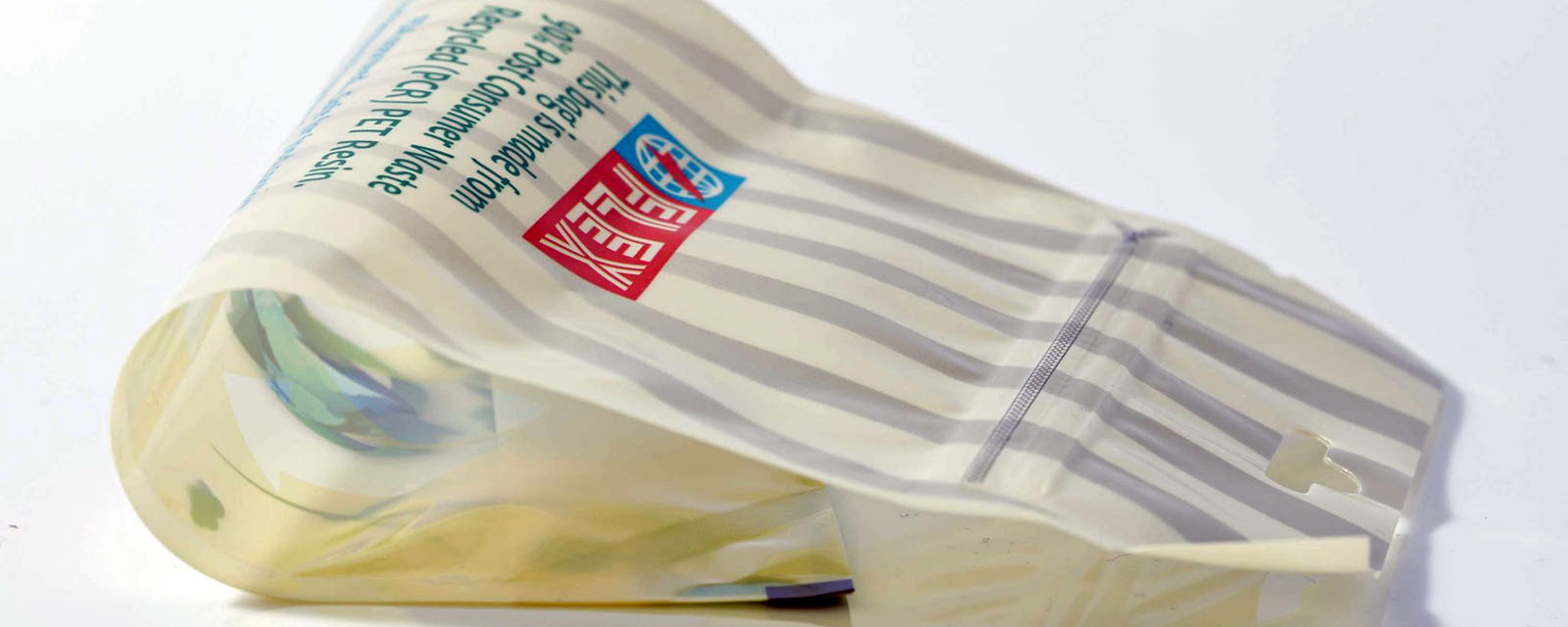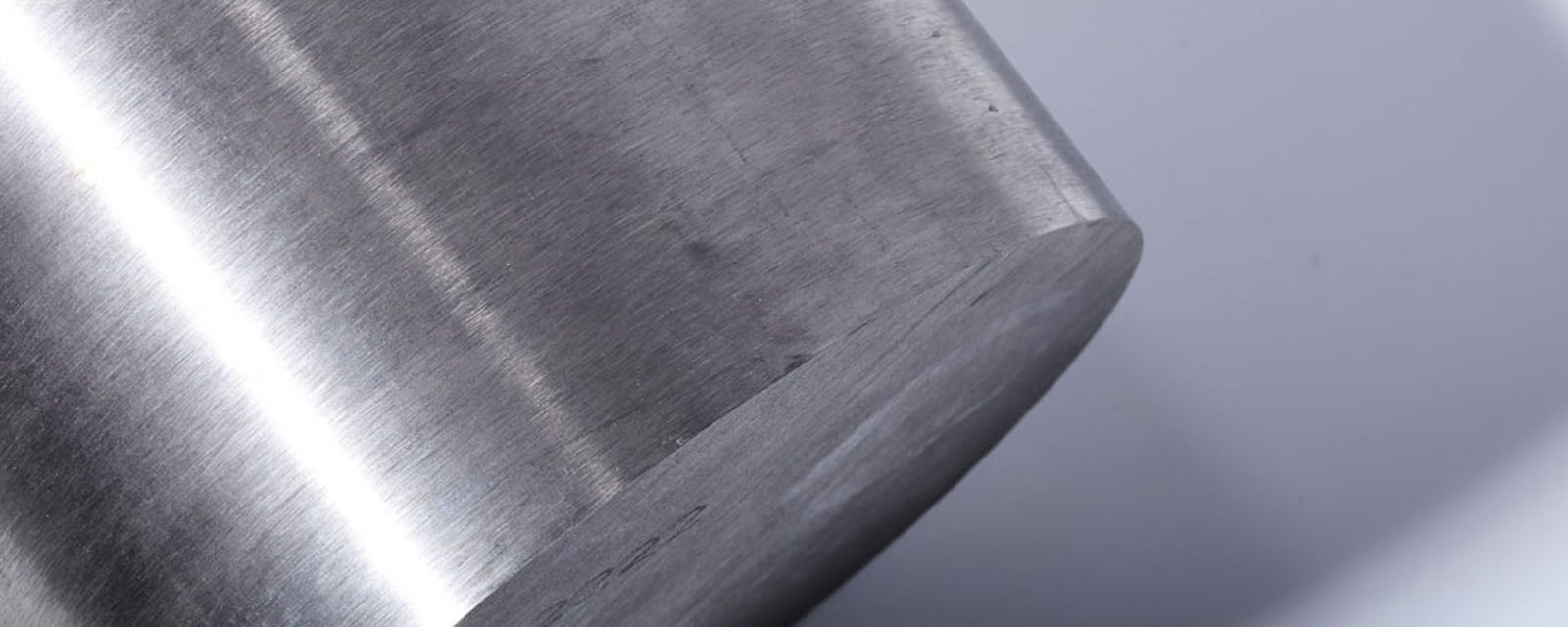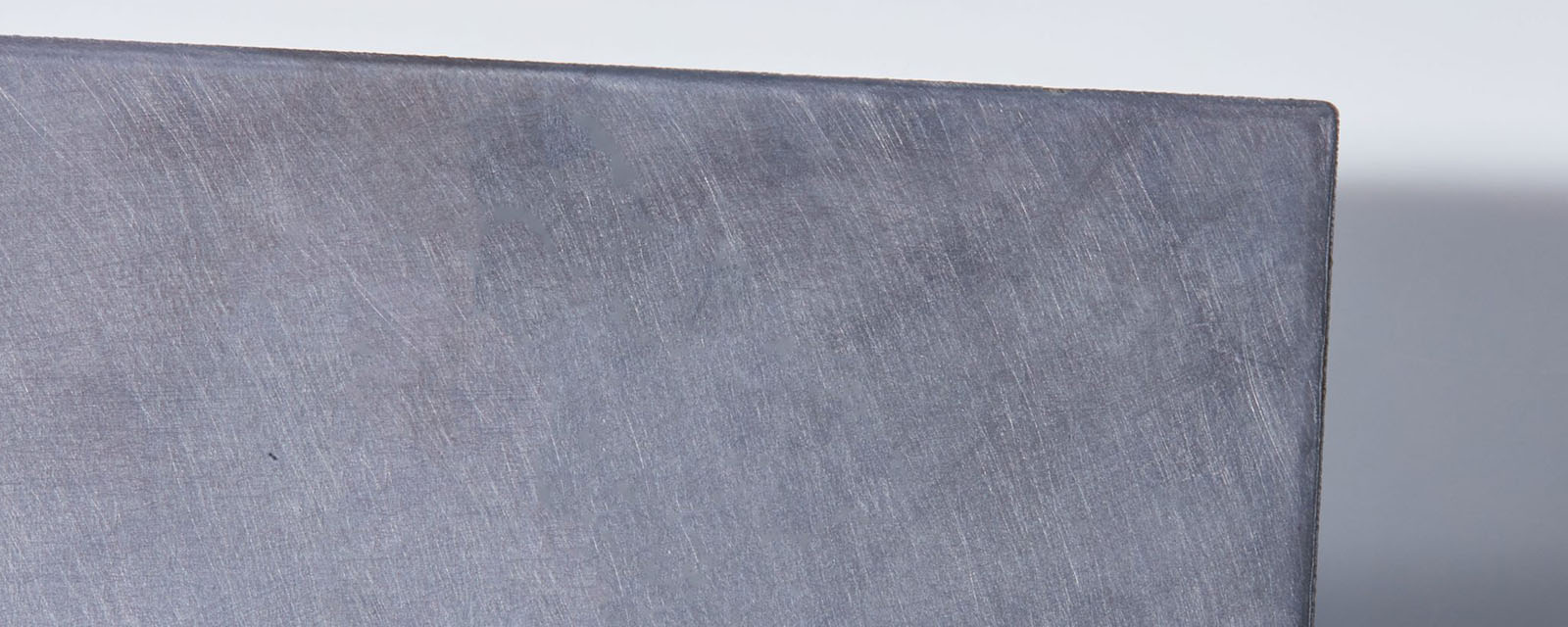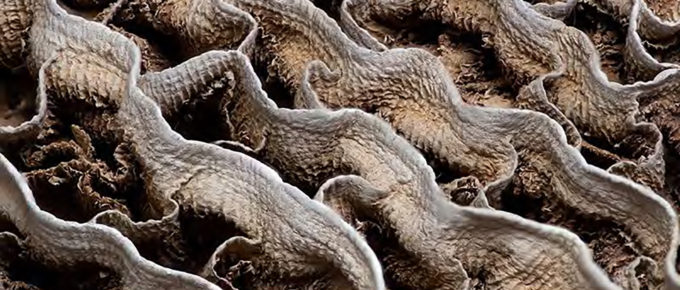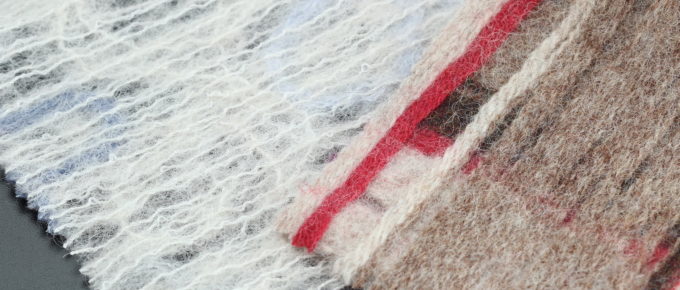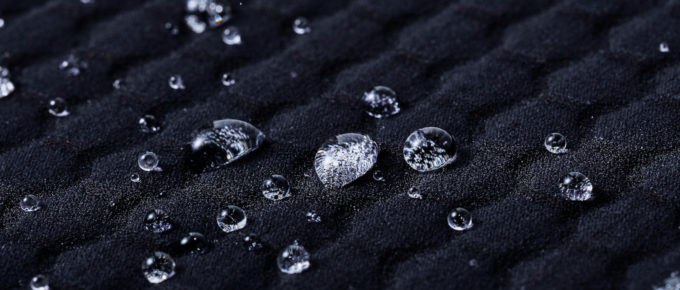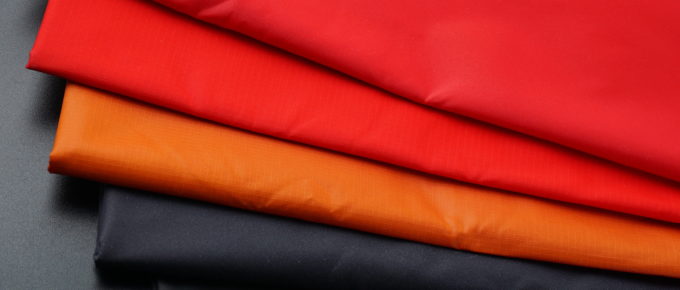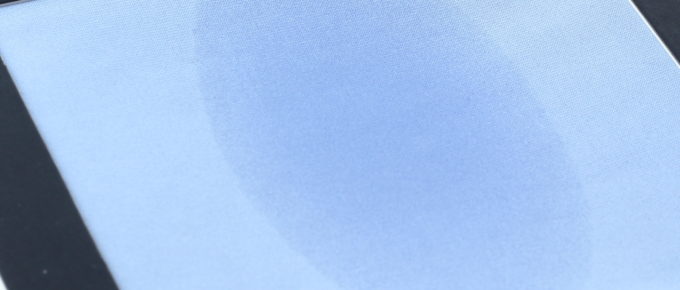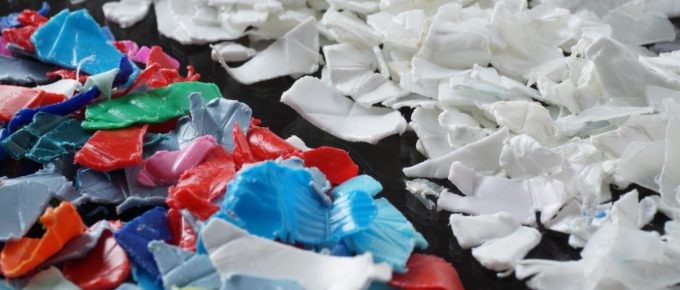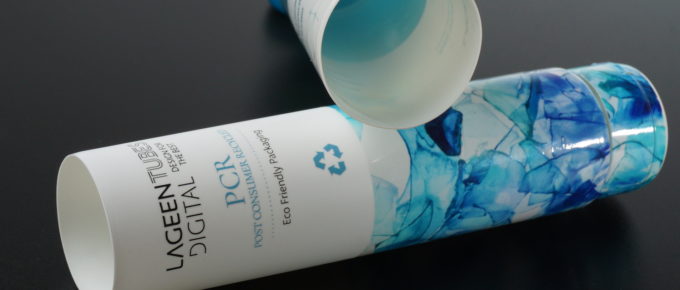The Stacks
How do you define durability of functional fabrics?
This month, Materials Specialist, Jessica Brenner, explores how we define the durability of functional fabrics. Functional fabrics can provide a variety of performance benefits for the wearer. …
Continue about How do you define durability of functional fabrics? →
The Whole Cow
Continuing the focus on food from last month, it is worth considering the significant use that cows have beyond just meat and milk. Over our long relationship with these marvelous animals (since about …
Miniscape: Fibre On Yarn Surface Entanglement
In this Miniscape we join Materials Specialist, Jessica Brenner as she welcomes Sonia Reynolds of Zephlinear to talk about the innovative 4th class of textile: FOYSE or Fibre On Yarn Surface …
Continue about Miniscape: Fibre On Yarn Surface Entanglement →
DWR Coating
Durable water repellent, or DWR, refers to a coating applied to a fabric that makes it water-resistant, or hydrophobic. Gore-Tex is an example of this type of coating. The purpose of a water repellent …
Dyntex: Engineered Performance for Lightweighting People and Planet
This month we are highlighting the latest trends and innovations in the world of textiles, yarns, and finishes for functional sportswear, industrial workwear, fashion, and interiors. Join Dr. Gayatri …
Continue about Dyntex: Engineered Performance for Lightweighting People and Planet →
Material Profile: DriStream
MC 929901 / DriStream by Apjet Inc. This is a plasma finishing process that allows for the specific placement and even patterning of chemistry, in order to achieve specific performance goals. Plasma …
Abrasion Resistance
Abrasion refers to the mechanical process of moving one material along the surface of another, potentially resulting in degradation. Abrasion resistance therefore refers to the ability of a material …
Key Performance Factors for Interior Fabrics
As part of this focus on technical fabrics for this Ask an Expert, we want to consider the question "What are the key performance requirements for technical fabrics specified for commercial or …
Continue about Key Performance Factors for Interior Fabrics →
The Performance and Outdoor Markets: A Talk with Range
RANGE® is a creative consulting agency dedicated to the active, outdoor, and lifestyle markets. Join Dr. Andrew Dent in conversation with Jeanine Pesce and Nina Stotler for their thoughts surrounding …
Continue about The Performance and Outdoor Markets: A Talk with Range →
Performance Fabrics
Textiles are one of the most fascinating and expansive families of materials in the arena of designed products. Though their conformity properties are unmatched by other material families—whether it …
Material Profile: TurboDry
MC 1076801 / TurboDry™ Technology from NexTex Innovations Inc. The TurboDry technology developed by NexTex Innovations draws from biomimicry to move moisture away quickly and efficiently from the …
Top Five Materials: December 2021
MC 885401 / Better Plastic Recycling Process from Banyan Sustainable Waste Management Pvt Ltd. An environmentally responsible process that removes over 99% contaminants from ethically sourced, …
Recycling in Retail Architecture
In this Material Seminar, Dr. Andrew Dent shares material innovations and considerations for the end-of-life for retail architecture. For this seminar, I wanted to focus on recycling in retail …
Monomaterial
One critical consideration of designing for recyclability is the selection and organization of materials within a product. Since, at the end of a product’s life, materials need to be sorted …
Designed for Recycling
When a product, material, or substrate is sent to a recycling facility, it must be categorized accordingly so that it can be properly recycled. Recycling methods vary from metals to plastics, from …







